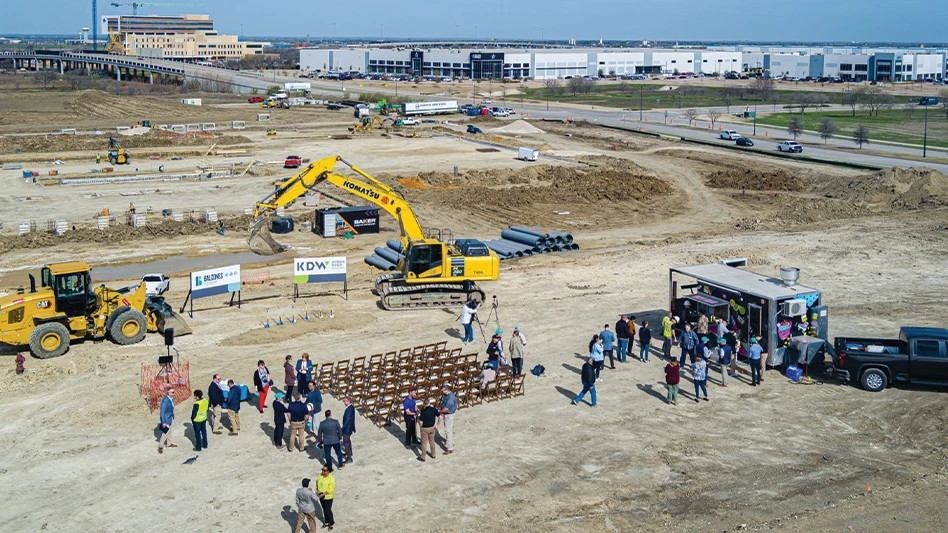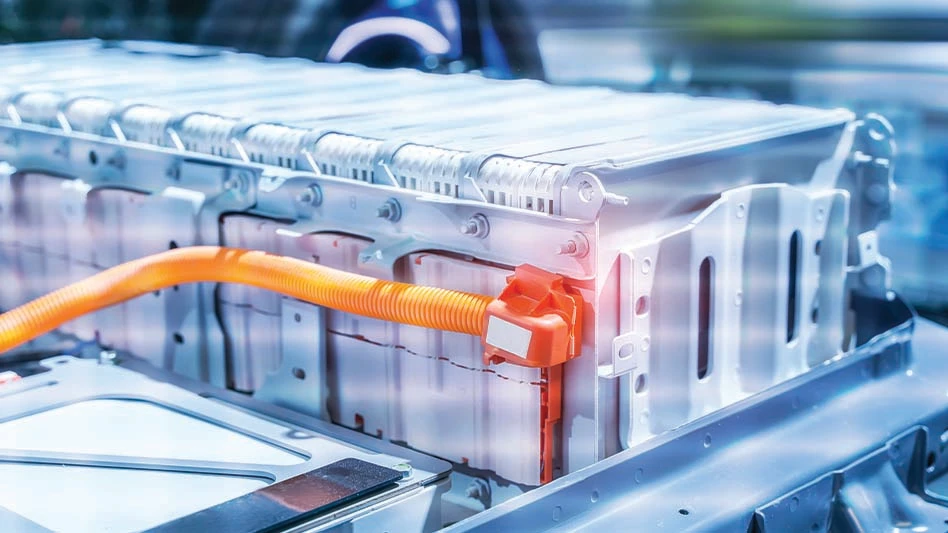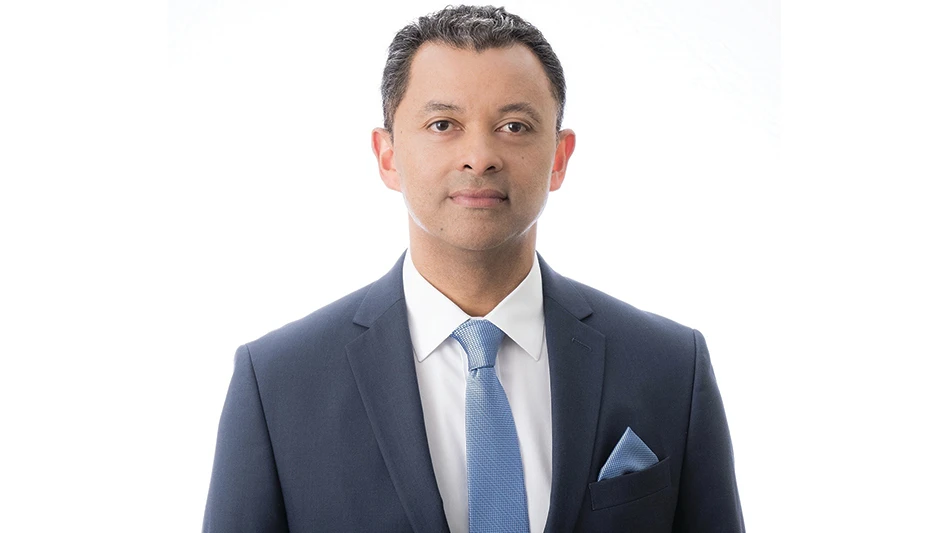The last several years have brought turmoil to Asian economies and downward spirals to recycling markets in Europe and the Americas.
But the turbulent times have not prevented recyclers from throughout the world from gathering twice a year at conventions of the Bureau of International Recycling (BIR). This spring, members of the Brussels-based organization met in Madrid for a late May convention that also included a joint event: an International Symposium on Global Steel and Ferrous Recycling co-hosted by the BIR and the Institute of Scrap Recycling Industries Inc. (ISRI).
The two events drew attendees from more than 40 countries who compared notes on market conditions, made future business contacts, learned about new industry trends and regulations, and sampled Spanish culture in the plazas and bullfighting arenas of Madrid.
Russian Scrap Flow Slowing
North American and Western European scrap processors who have seen their markets flooded with Russian scrap over the past five years may see those flood waters recede.
Igor Kuzmin, vice president of Russia’s MAIR Industrial Group, told attendees at the convention that new export duties in the near term and growing electric arc furnace (EAF) melting capacity in the longer term will help reduce the flow of scrap heading from Russia to other parts of the world.
Kuzmin noted, “Before 1995, the total export of ferrous scrap from Russia did not exceed 1.2 million to 1.5 million tons annually. At the present time, Russian export volume outside the CIS (Commonwealth of Independent States) is six times more.”
There is still plenty of obsolete ferrous scrap in Russia, said Kuzmin, but a larger percentage of it is now located in remote areas, making it too costly to prepare and ship unless prices are more attractive.
The bad news for North American scrap dealers and steelmakers is that the abundance of ferrous scrap available to Russian steelmakers will help that industry pump out low-priced finished and semi-finished steel.
In a presentation at the joint BIR-ISRI symposium, Allan A. Goldstein, CEO of AMG Resources Corp., Pittsburgh, said a turnaround is not likely “in the foreseeable future. Don’t look for relief for the balance of 2001.”
Goldstein noted that the industry has always been cyclical, but that the extended good times of the 1990s caused business decision makers from auto producers through steelmakers to scrap dealers to make plans as though the economy would continually grow. Wall Street poured money into the scrap business, but retreated from the market as prices declined, he remarked.
“The shakeout and restructuring in the U.S. scrap industry will continue as the banks—which as a result of bankruptcies now [control many of] the consolidated scrap companies—exit their investments,” Goldstein stated. “The banks will not be long-term owners. This may cause a deconsolidation, or more likely will allow a further consolidation by the few strong scrap companies in the U.S.”
Reports from European presenters were not as gloomy. “Demand for scrap remained quite high as the electric arc sector, producing over 60 million metric tons of finished product, was supported by increased export demand, assisted by the favorable low currency rate within the European Community,” reported Anthony Bird of Simsmetal regarding the situation in Western Europe.
NONFERROUS NOTES
Declining demand for nonferrous scrap was a cause of concern for many presenters and attendees at the BIR’s nonferrous sessions.
Ashwini Singhal of India’s Singhal Commodities Ltd. provided a report on nonferrous market conditions throughout the world. He noted that U.S. secondary aluminum smelters were watching orders decline, and had subsequently reduced their scrap buying prices in line with prices of ingot.
China continues to be a buyer of copper scrap with imports in the first quarter up by 17%, but imports of aluminum scrap fell by 16%. In the U.K., the manufacturing industry continues to shrink, with less scrap consumed and less generated. Currency movements had at least helped to enhance overseas sales, underlining the role of the U.K. as a net exporter of nonferrous scrap.
Sponsored Content
Labor that Works
With 25 years of experience, Leadpoint delivers cost-effective workforce solutions tailored to your needs. We handle the recruiting, hiring, training, and onboarding to deliver stable, productive, and safety-focused teams. Our commitment to safety and quality ensures peace of mind with a reliable workforce that helps you achieve your goals.
Singhal also reported that the nonferrous sector in India was beginning to feel the effects of recessionary trends, although increased federal spending on infrastructure development and reforms in the core industries could be seen as something of a silver lining.
Larry Sax of Jack Engle & Co., Los Angeles, noted that demand for overall business loans was in the U.S. was declining, reflecting lower investment and more modest expansion plans.
The Spring Convention Nonferrous Division meeting marked the retirement of Sax as president of the division. He accepted the role in 1994.
“We are facing a severe scrap shortage,” British stainless steel scrap trader Michael Wright told attendees of the Stainless Steel & Special Alloys Committee of the Convention.
World consumer demand for stainless scrap could rise by between 3% and 5% this year, but an anticipated drop in supplies from Eastern Europe of as much as 24% could prove troubling. RT
Get curated news on YOUR industry.
Enter your email to receive our newsletters.

Explore the July 2001 Issue
Check out more from this issue and find your next story to read.
Latest from Recycling Today
- Recycled steel price crosses $500 per ton threshold
- Smithers report looks at PCR plastic’s near-term prospects
- Plastics association quantifies US-EU trade dispute impacts
- Nucor expects slimmer profits in early 2025
- CP Group announces new senior vice president
- APR publishes Design Guide in French
- AmSty recorded first sales of PolyRenew Styrene in 2024
- PRE says EU’s plastic recycling industry at a breaking point







